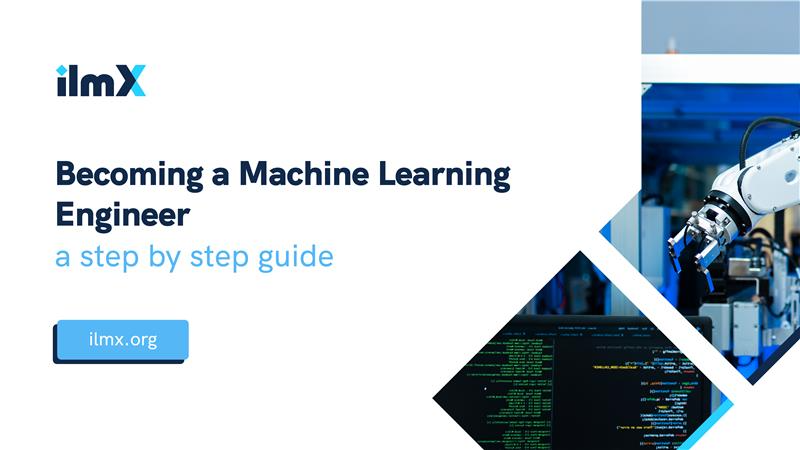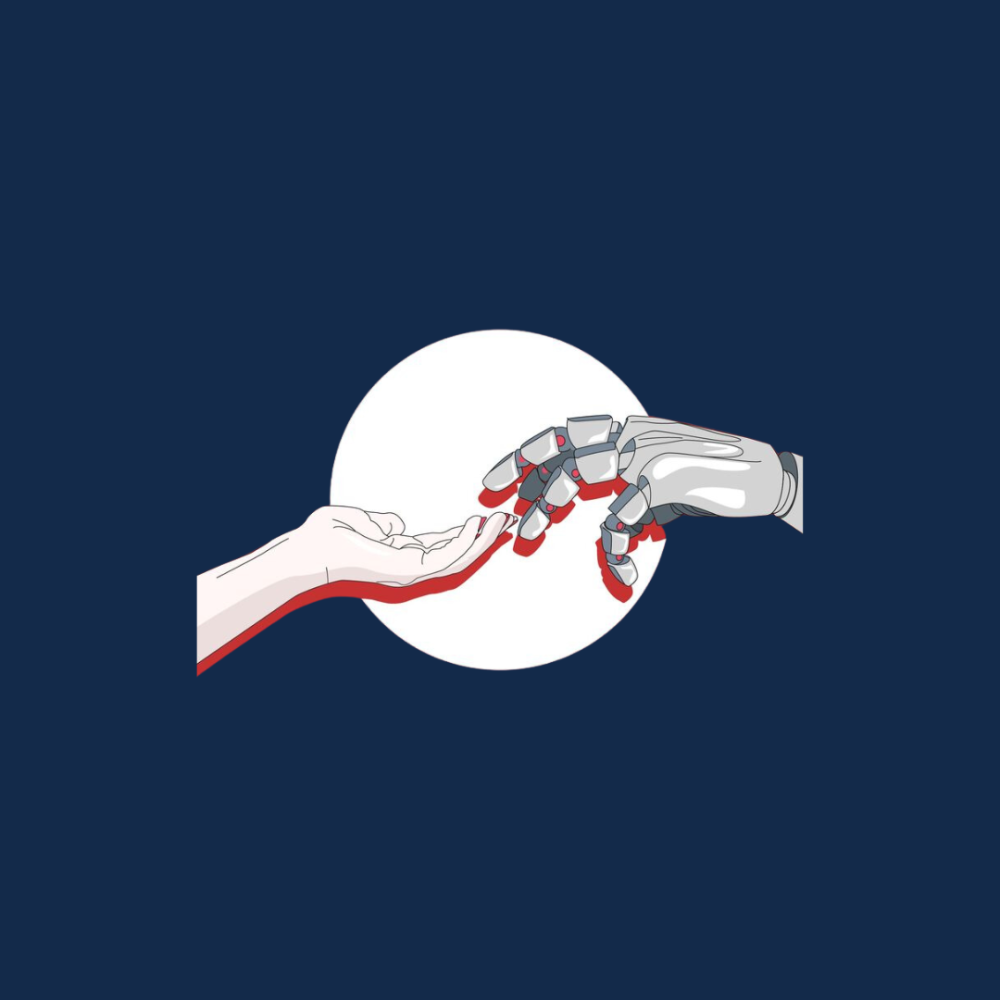Machine learning (ML) might sound like something out of a sci-fi movie, but in reality, it’s one of the most impactful and in-demand fields in technology today. From recommending your next binge-worthy show on Netflix to enabling self-driving cars, machine learning is shaping the future. If you’ve ever wondered how to start your journey in this exciting field, you’re in the right place. Let’s break it down and make it simple for anyone eager to dive into the world of ML.
What Exactly is Machine Learning?
- Supervised Learning: The computer learns from labeled examples (like showing it pictures of cats and dogs and telling it which is which).
- Unsupervised Learning: The computer identifies patterns in data without guidance (like finding groups of similar items in a dataset).
- Reinforcement Learning: The computer learns by trial and error, like a child playing a game for the first time.
Where to Start: Essential Skills You’ll Need
If you’re new to machine learning, the best way to get started is by building a strong foundation in a few key areas. Here’s your roadmap:
1. Learn a Programming Language
- Python: The most popular choice for ML, thanks to libraries like NumPy, Pandas, and Matplotlib.
- R: Great for statistical analysis and data visualization.
2. Get Comfortable with Mathematics
- Linear Algebra: Matrices and vectors form the backbone of ML algorithms.
- Statistics: Probability, distributions, and hypothesis testing help you understand your data.
- Calculus: Gradients and derivatives play a key role in optimization techniques used in training ML models.
3. Understand the Basics of Data
- Clean messy datasets (remove duplicates, handle missing values).
- Explore and visualize data using tools like Matplotlib and Seaborn.
- Engineer features that make raw data useful for algorithms.
Key Algorithms to Learn
- Linear Regression: The simplest algorithm, used to predict a continuous outcome (e.g., house prices).
- Logistic Regression: A go-to for classification tasks like spam email detection.
- Decision Trees and Random Forests: Powerful for both regression and classification.
- Clustering: Unsupervised methods like k-means for finding patterns in data.
- Neural Networks: The foundation of deep learning, used for complex tasks like image recognition.
Deep Learning: When You Want to Go Deeper
- Artificial Neural Networks (ANNs): Great for structured data and simple tasks.
- Convolutional Neural Networks (CNNs): The go-to for image and video analysis.
- Recurrent Neural Networks (RNNs): Ideal for time-series data and natural language processing (like chatbots).
But How Do You Know Your Model is Working?
- Measure performance with metrics like accuracy, precision, and recall.
- Use cross-validation to ensure your model generalizes well to unseen data.
- Optimize hyper-parameters to squeeze out the best performance.
The Bigger Picture: Working with Big Data and Cloud Tools
As you grow in your ML journey, you might encounter massive datasets that don’t fit on your laptop. That’s where tools like Apache Spark and cloud platforms (AWS, Google Cloud, Azure) come in handy for scaling your work.
Putting It All Together: Building a Portfolio
- Build a model to predict house prices.
- Create a recommendation system for movies or products.
- Develop a chatbot using natural language processing.
Resources to Help You Get Started
- ilmX: Explore beginner-friendly and advanced courses tailored for aspiring ML engineers.
- Coursera: Offers excellent foundational courses like Andrew Ng’s Machine Learning course.
- Kaggle: A platform to practice your skills on real-world datasets and participate in competitions.
Launch Your Learning Adventure with ilmX
Machine learning is a field filled with endless possibilities, and the journey to becoming an ML engineer is as rewarding as it is challenging. Start small, focus on building a strong foundation, and gradually tackle more complex concepts. Remember, every expert was once a beginner—and your journey can start today. Platforms like ilmX can help guide you every step of the way. So why wait? Dive into the exciting world of machine learning and start building your future!





